When do I plant wildflower seeds for stunning spring blooms?
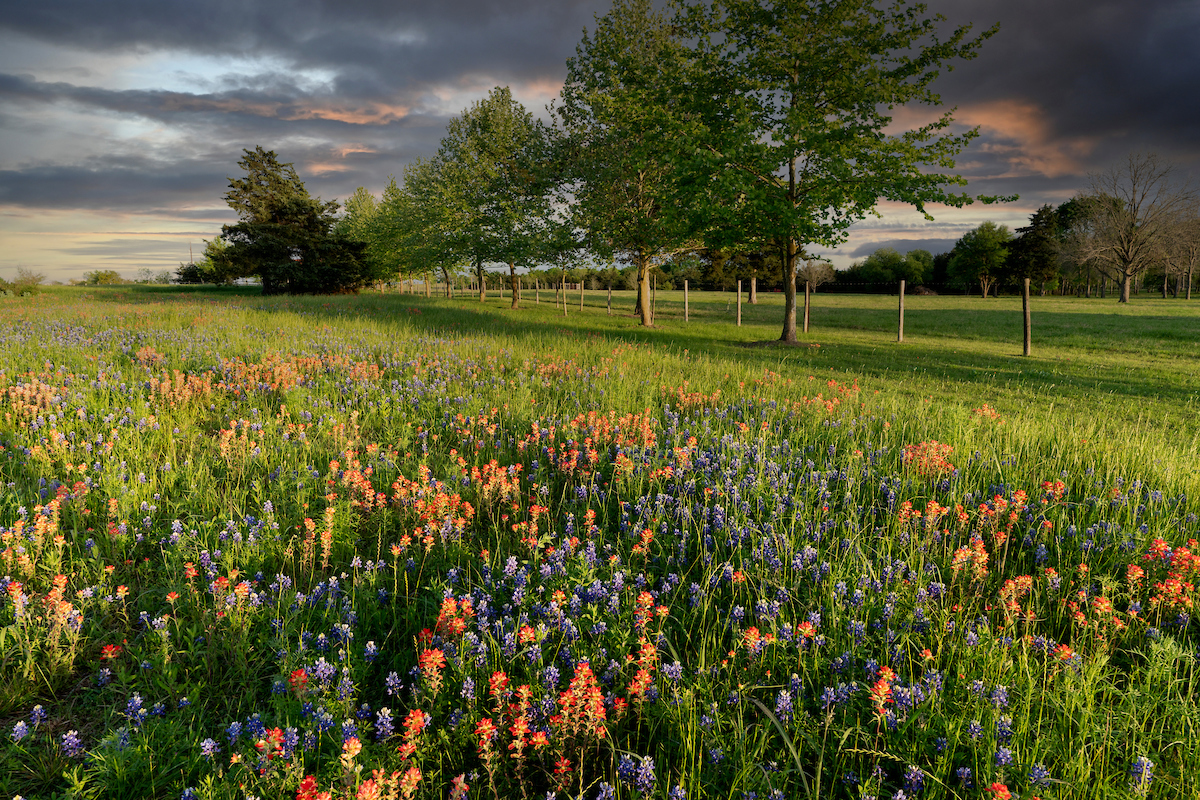
From bluebonnets to Indian paintbrushes, planting in fall is key
If you dream of vibrant wildflower displays in spring, then now is the time to act.
Fall is the perfect season to plant wildflower seeds, said Michael Arnold, Ph.D., director of The Gardens at Texas A&M University and professor of landscape horticulture in the Texas A&M College of Agriculture and Life Sciences Department of Horticultural Sciences.
“Planting wildflowers is all about delayed gratification,” said Arnold. “You won’t see immediate results, but planting in September, October or early November gives the wildflowers time to establish before winter dormancy. The farther north you are in Texas, then the earlier you should plant.”
Tips to plan for continuous blooms from spring into summer
To keep your garden colorful from spring to summer, select a mix of annual and perennial wildflower seeds with staggered germination times. While annuals bloom quickly and perform well in the first year, perennials usually bloom better in the second or third year. Once you have a seed bank of several varieties in the soil, some of the annuals return every year.
“Choosing wildflowers that bloom at different times ensures your flowers stay beautiful beyond the usual bluebonnets and Indian paintbrushes that we know and love in spring,” Arnold said.
For the first-year planting, he recommends a seed mix with quick-blooming annuals such as bluebonnets, tickseed or annual coreopsis for an early show. Although a perennial, Mexican hat can also be planted as a short-term annual. Other perennial varieties could include Indian paintbrush, purple coneflower or milkweed.
Arnold said an example of a well-planned sequence of blooms is bluebonnets and Indian paintbrushes for early spring, then evening primrose, Mexican hat and coreopsis for later in the season, extending the show until early to midsummer. However, for even more summer color, consider hardy sunflowers.
You can find wildflower seed mixes formulated for different regions in Texas online or by consulting with a local nursery specializing in regional seed mixes, Arnold said.

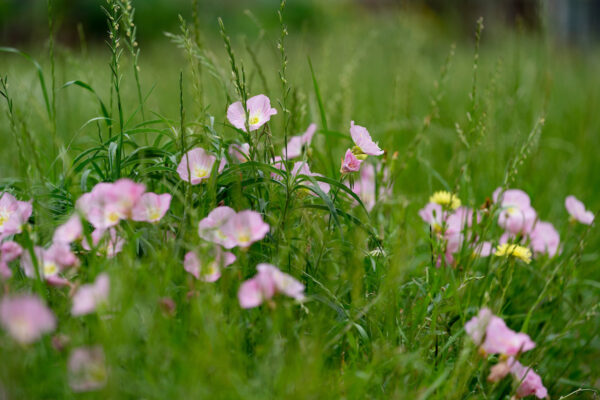
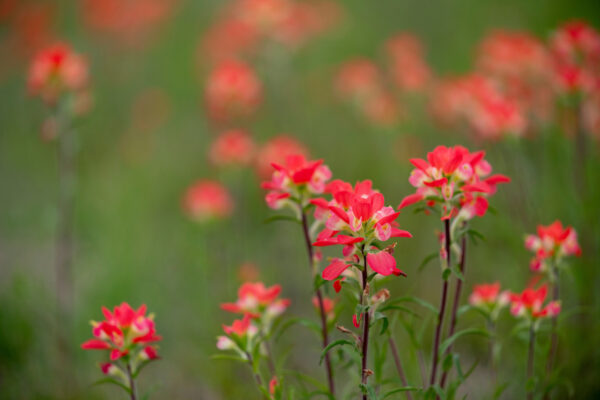
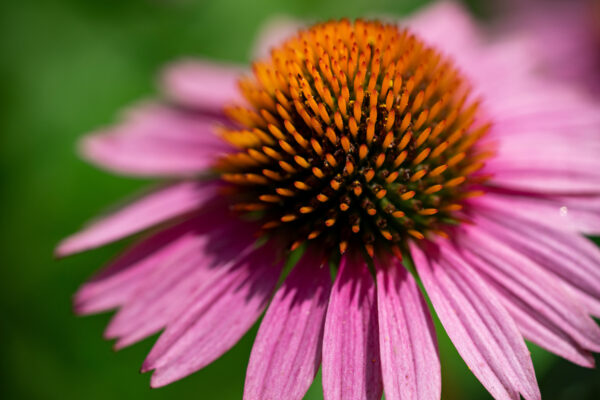
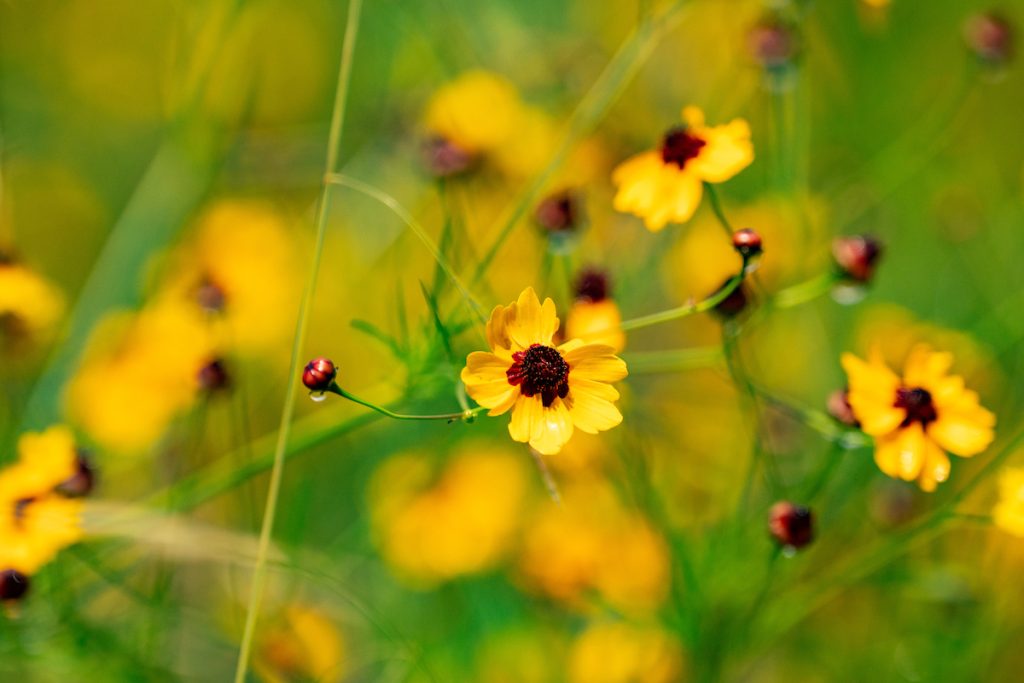
Top row: Bluebonnet, evening primrose and Indian paintbrush. Bottom row: Purple coneflower and tickseed. (Michael Miller, Sam Craft and Laura McKenzie/Texas A&M AgriLife)
Choose the right location for your wildflowers
When picking where to grow your wildflowers, remember their peak beauty is in late winter to midsummer. Bluebonnets like full sun and good drainage; most wildflowers need at least six hours of sunlight daily.
Arnold suggests planting them on the edge of your garden or in areas where they can be a feature during their best time and serve as a background during hot summer and into the fall when they have faded.
Arnold cautioned against cutting down wildflowers toward the end of their growth when they begin to look “tired.” Mowing or cutting them too soon removes the seeds that replenish the seed bank in your soil for next year’s blooms.
Prepare the soil and scatter the seeds
If you’re renovating an existing wildflower area, light discing to expose some bare soil may be all you need, Arnold said. He recommends scattering the seeds and gently pressing them in without disturbing the existing wildflowers. For a new planting, he said to till the soil, sow the seeds and press them in with a roller or similar tool.
Ensure that the seeds are not completely covered so they will have exposure to the sun.
Provide water for a good start
Water the newly planted seeds to get them started but be careful to not overwater.
“If Mother Nature doesn’t provide enough rainfall to keep the soil moist, you might need to step in to water,” Arnold said. “You want the seeds to have plenty of moisture to begin with and as the seedlings are germinating. Avoid letting them dry out.”
Once established, wildflowers require little care, just patience waiting for spring. Your careful planning and planting this fall can be the start of rewarding blooms for years to come.
PHOTO: Bluebonnets and Indian paintbrushes are early bloomers in the spring. (Laura McKenzie/Texas A&M AgriLife)



